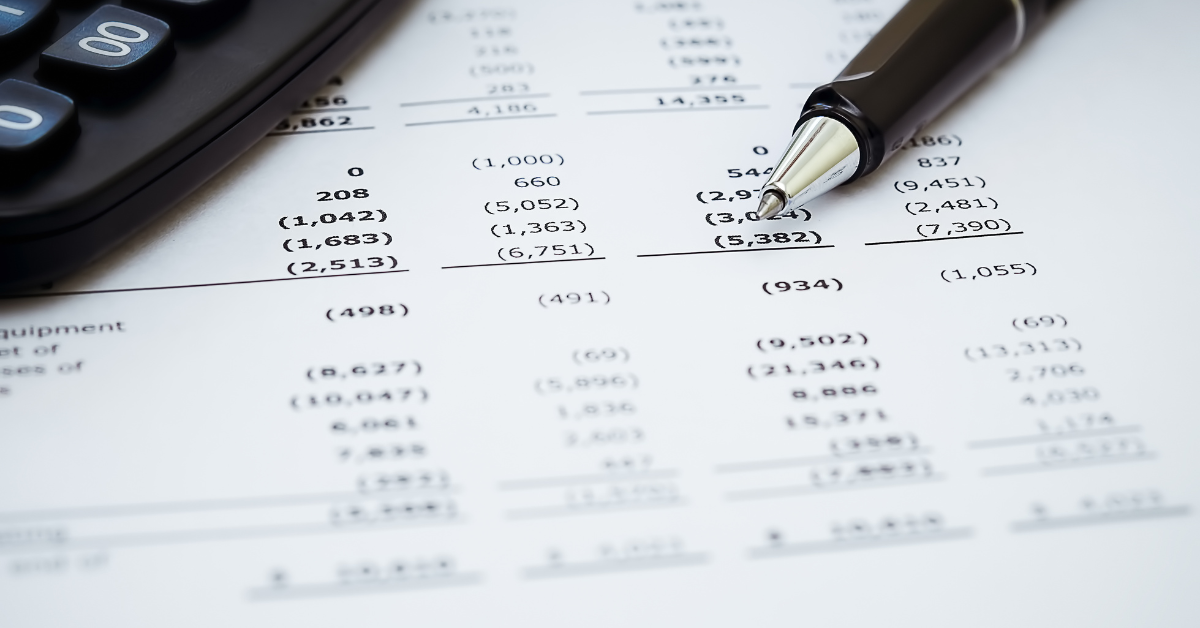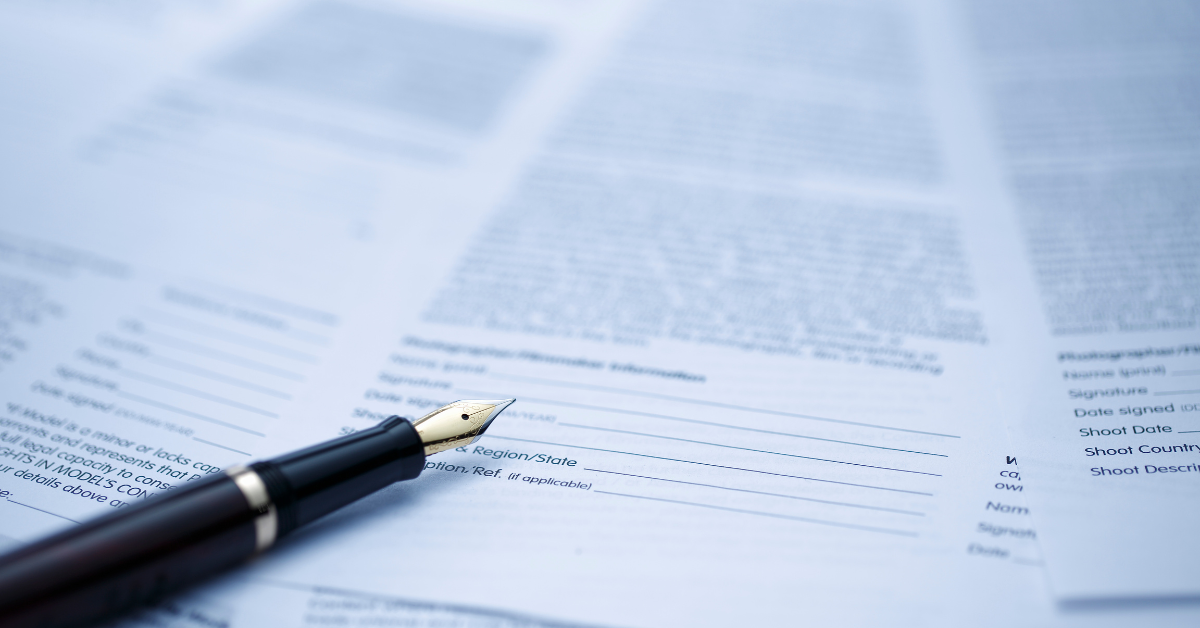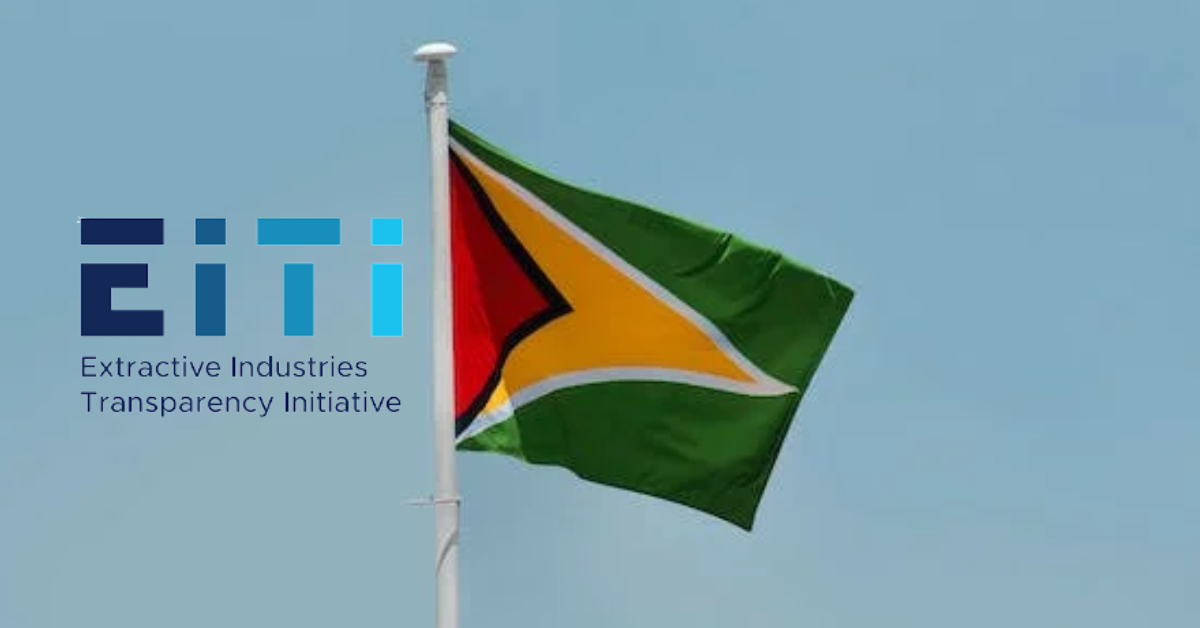Are the oil companies sharing equally in the loss like they do on the 50/50 profit split? The answer is no. Hess has hedged 80% of its production this year. Its Brent Crude production is hedged at US$60/barrel. Guyana did not hedge, hence, we may sell at a loss while Hess will make a handsome profit. Recently, the Exxon CEO, Darren Woods, met with the US President. One of the topics discussed is using the US strategic reserve to store oil. We don’t know the details of that discussion, but it should call into question why Exxon is not cutting production in Guyana. If Exxon can store oil when prices are low and sell when prices are higher then why stop pumping? Guyana does not have a strategic reserve to store oil thus it has to take the market price. Thus it is at a disadvantage compared to Exxon and Hess when prices are below cost.
The daily world cut in production agreed to is roughly 10% but the coronavirus has caused the demand for oil to drop by 35%. Hence, prices will stay low for months. Let’s explore a scenario where for a month the price of oil is US$23. Now, since Guyana didn’t hedge oil prices and has no means to store its oil, it must take the price it receives on the market. Assuming 3.6 million barrels in a month, then Guyana’s share of the 50/50 profit share of 3.6 million barrels is 12.5% of 3.6 million barrels (0.45 million barrels) and would mean we get about US$10 million at market rates. In the case of Hess, with its hedges it may net US$55/barrel (assuming hedges had cost US$5/barrel). That would mean that Hess would receive about US$25 million. Thus, when prices drop below the break-even cost of US$35/barrel it’s to the oil companies benefit to keep pumping.
Additionally, let’s not forget that because of the lack of ring fencing, expenses will stretch far into the future. Thus, although we receive US$10 million in the scenario above, we are dipping into future profits. Because we are pumping at a loss and Exxon and the oil companies are fully compensated for their expenses but at a monthly cap at 75%. Thus, at some point in the future we will have to pay for that US$10 million.
We know Guyana’s first sale of oil was for US$55 million. But how much of it has been spent to help us with the coronavirus that has all but shut down the country? Probably none, otherwise, the former finance minister wouldn’t be begging the World Bank for US$5 million. We have Guyanese donating money to help buy cloth masks and others buying eddoes to make soup for the homeless. If the revenues from oil is not being used to help Guyanese people, then what is our incentive for pumping oil at a loss?
Hedging is expensive. It is effectively insurance against price drops. After a disaster, your insurance premiums goes up. Hence, if prices return to US$55/barrel, to hedge at that price will be significantly more expensive compared to last year. It may be years before Guyana may even consider building a strategic reserve capable of holding the oil we produce. We need to increase the levers we can pull to ensure we are not selling our oil at a loss. Before we approve Payara and Hammer-head, let’s renegotiate the contract to include control of how much oil is being pumped given market conditions.
Yours faithfully,
Darshanand Khusial










